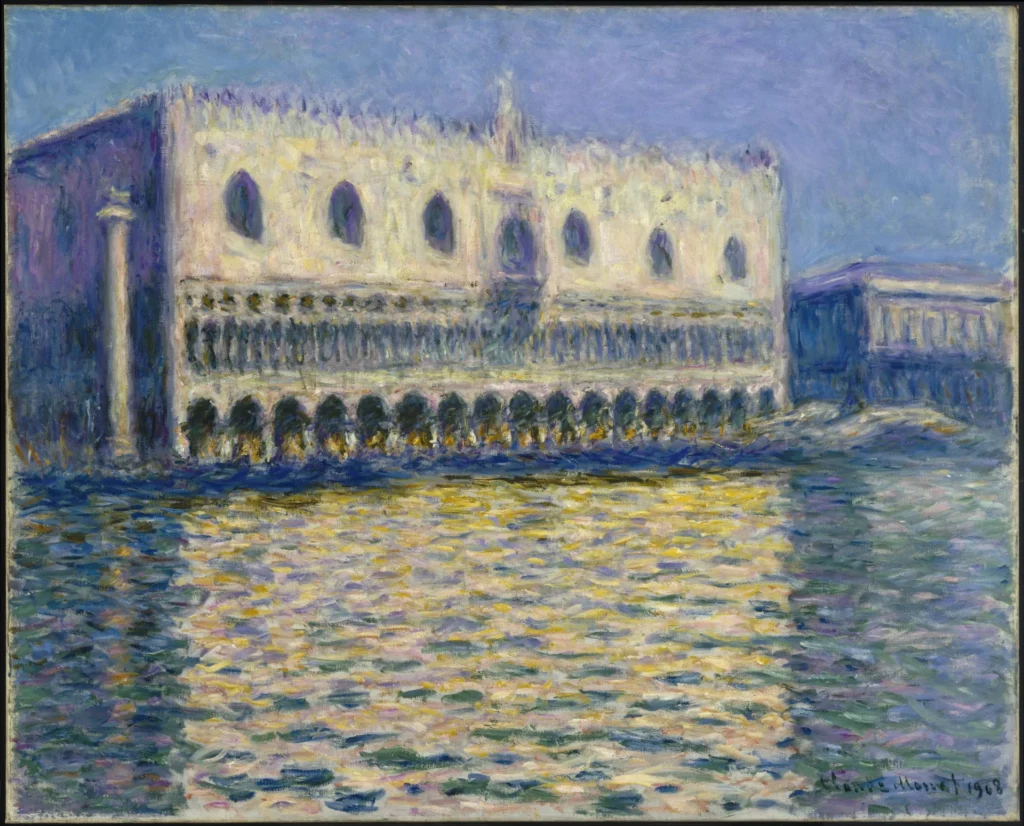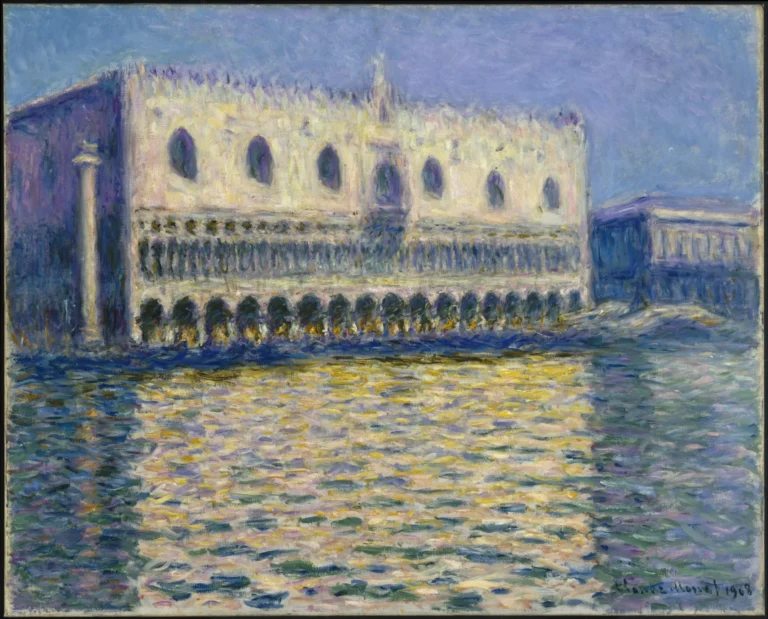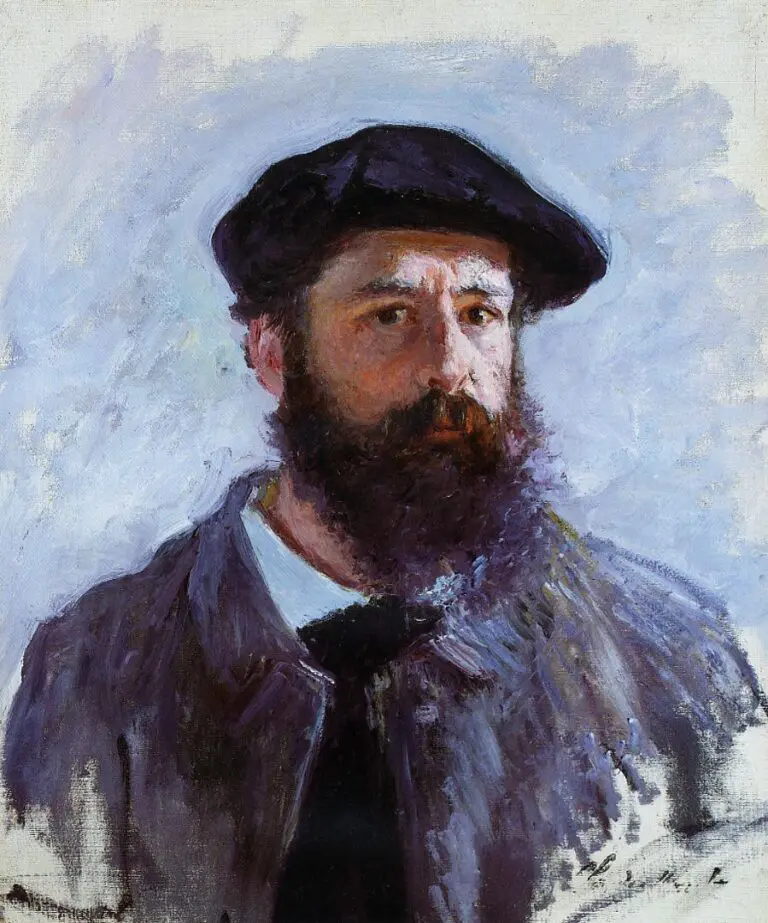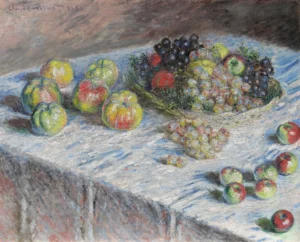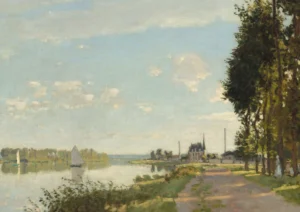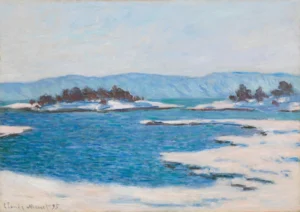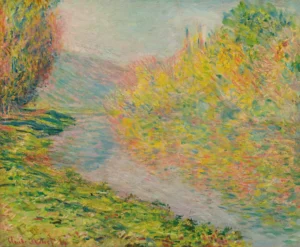The Doges Palace
'The Doge's Palace (Le Palais ducal)' is a celebrated work by Claude Monet, created during his 1908 visit to Venice. This painting illustrates the Gothic architecture of the Doge's Palace while emphasizing the intricate play of light and water reflecting on the Grand Canal. Monet's use of loose brushstrokes transports the viewer into the enchanting atmosphere of Venice, highlighting his pursuit of capturing transient moments in nature. The work showcases Monet's adaptation to new styles later in his career, creating a fascinating visual narrative that connects art and light.
Year 1908
About the Artwork
Created during a period of artistic exploration, Monet was inspired by the city of Venice, even as he felt overwhelmed by its artistic legacy. Over three months in 1908, he painted numerous views of Venice, working from a gondola on the Grand Canal. 'The Doge's Palace' particularly exemplifies his dedication to capturing the effects of light, creating a shimmering portrayal of the palace's facade not merely as a structure but as an atmospheric subject. Monet’s practice of returning to the same scene to document light changes added depth to this piece, marking a continued evolution in his approach to impressionism.
Did You Know
Liked what you see? Add it to your collection.
Enjoyed reading? Share it.
... continued
Creation and Context
Monet visited Venice for the first time in 1908, at the age of 68, despite being daunted by the city's rich art-historical legacy and numerous picturesque views. During his three-month stay from October to December, he painted various landmarks, including the Doge's Palace, from different viewpoints.
Painting Technique and Style
Monet painted 'The Doge's Palace' from a gondola in the Grand Canal, capturing the façade of the palace. His primary focus was on the effects of light and its reflections in the water, rather than the detailed architecture of the palace. He used loose, overlapping brushstrokes to convey the shimmering light and atmosphere, characteristic of his Impressionist style.
Subject Matter
The Doge's Palace, or Palazzo Ducale, is a Gothic-style building that served as the residence of Venice's doges (magistrates). Monet's painting emphasizes the palace's pointed arches and arcades but primarily concentrates on the interplay of light and water. He described the palace as 'just an excuse for painting the atmosphere.'
Multiple Versions
Monet created multiple versions of the Doge's Palace, each capturing the site at different times of day and under varying light conditions. This approach was typical of his method, where he would return to the same site repeatedly to capture the changing effects of light.
Significance
'The Doge's Palace' is one of the well-known works from Monet's Venetian series and reflects his ongoing interest in capturing the effects of light and atmosphere. It is considered a significant piece from his later career, showcasing his ability to adapt his artistic concerns to new and challenging subjects.




